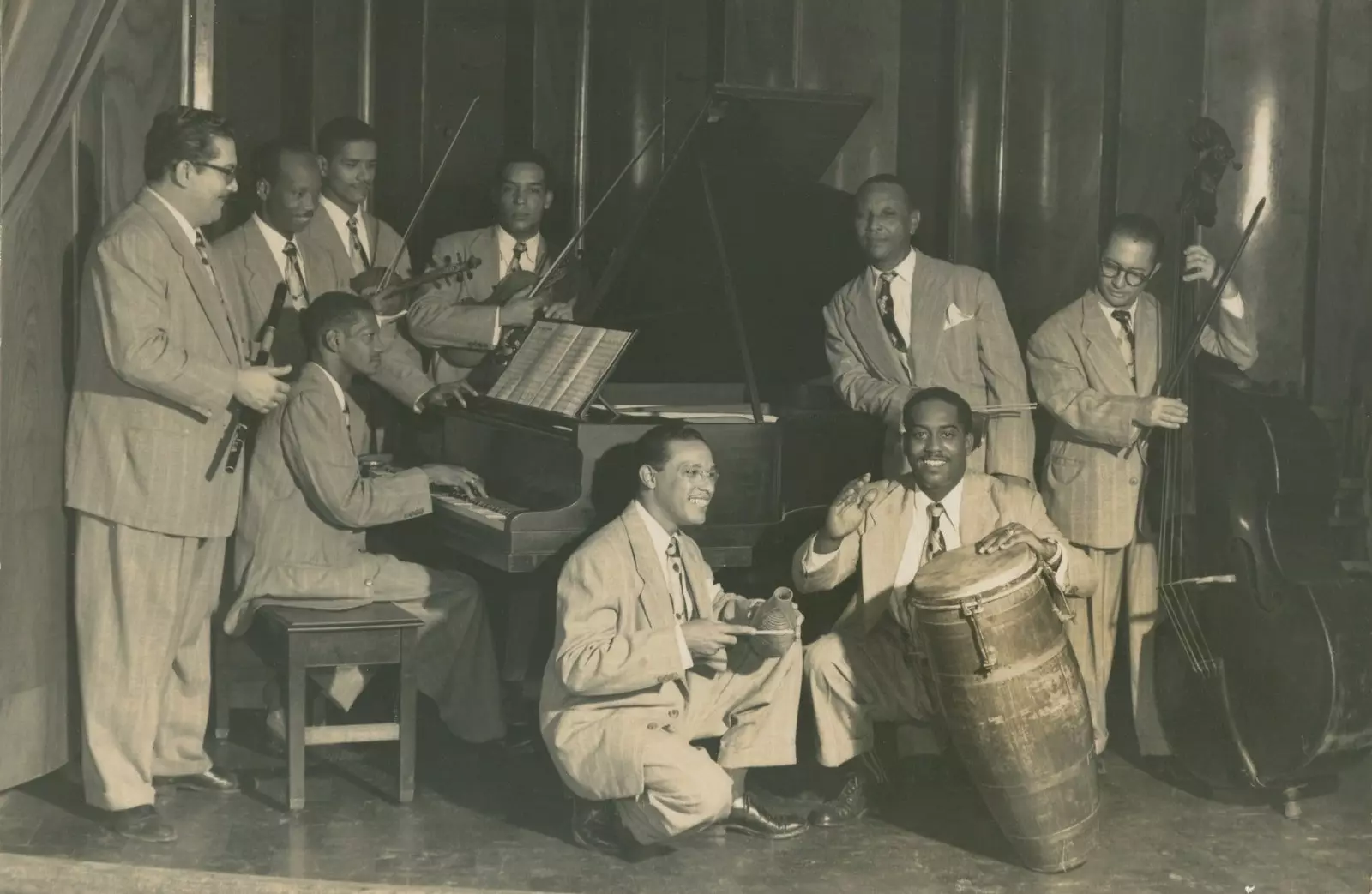
Fajardo and its Stars
Certain customs, as it may well be tune in to a radio station or turn the pages -of good grammage- of a hardcover collector's item , whatever time passes, they should not be missed.
As well as musical genres whose fame should be eternal, and the chachacha It's one of those great relics whose echo still resounds in contemporary music.
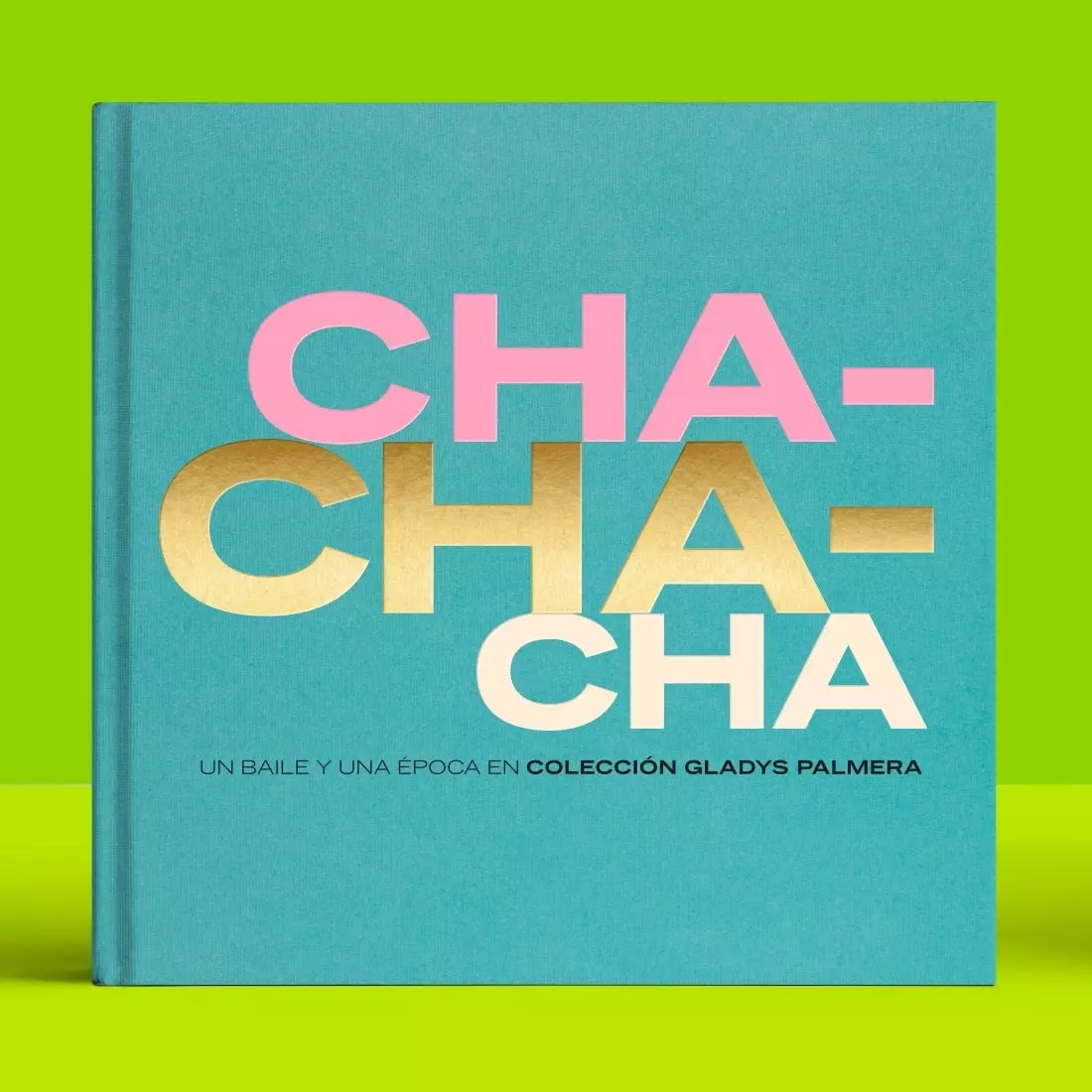
'Chachachá: a dance and an era'
For this reason, Radio Gladys Palmera, which was born in the FM of Barcelona in 1999 and that has the largest record archive of Cuban and Afro-Latin music of the world, wanted to pay homage to the golden age of latin music with a the release of the first book of hers: Chachachá: a dance and an era.
What hide its 416 pages? Nothing more and nothing less than 800 covers, posters and color photographs of the boom period of the chachachá, in the middle of the last century. According to the Gladys Palmera label, the images collected are hard to find outside the Caribbean.
Behind the unpublished illustrated ode hides Madrid's Alejandra Fierro , philanthropist, lover of Latin popular culture and architect of Gladys Palmera , awarded a Ondas Award in 2015 for the Best Radio Platform on the Internet.
Although Gladys Palmera arrived in three cities (Barcelona, Madrid and Valencia), in 2010 she settled in the online universe. Its programming is based on the different musics of the world -from flamenco to African rhythms-, but always with an eye on alternative latin music regardless of its origin.
Alejandra has not only hosted the station for 22 years, but she has given life to fund of 100,000 pieces of Gladys Palmera -which includes vinyl, CDs, photos, posters, songbooks, specialized magazines, books and objects related to musicians and record companies- and she has put all her passion on the pages of Chachachá: a dance and a time.
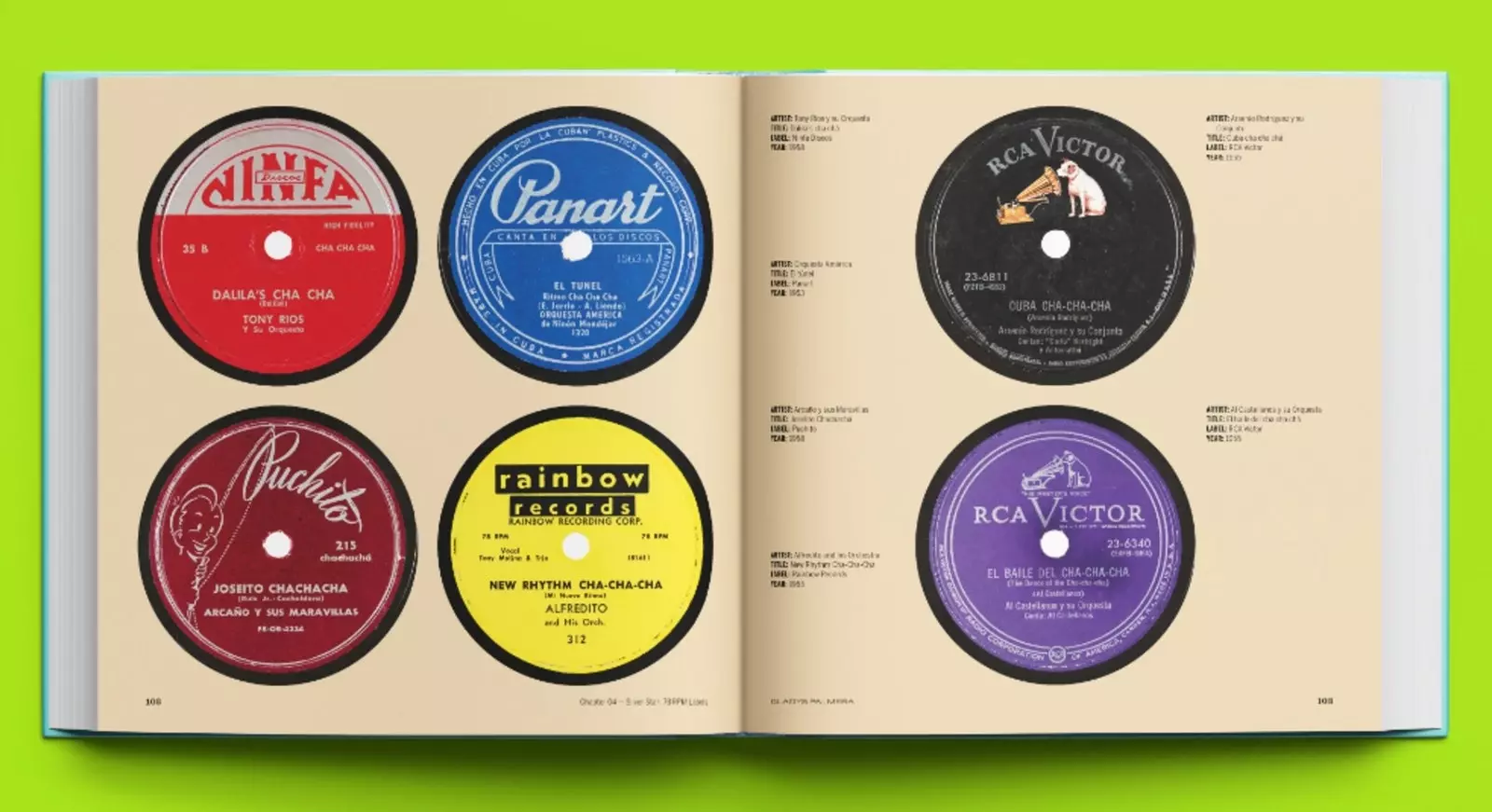
A book to contemplate music
“The idea for the book was born quite a while ago. , but the realization can be said that it was a product of the pandemic, since spanned almost all of 2020.” comments Alenjandra, who had the support of a great team of professionals, including the editors, Carlos Aranzazu, Tommy Meini (curator of the collection) and José Arteaga (editorial coordinator). The design was the work of The red light.
Why the chachacha? "The chachacha It represents everything I love about music. Mystery, sensuality, provocation, the bright colors of the Caribbean, a Invitation to wild dancing, the beauty of kitsch… More than a sound, it is a way of understanding life”, says Fierro.
“It is rabidly modern, despite the fact that it emerged more than half a century ago. Your aesthetic never goes out of style like the classics. And its rhythms keep capturing me like the first time I heard them,” she notes.
And it is that, as Alejandra explains, the chachachá is the reflection of an era, the symbol of a time in which individuality was highly valued and in which the woman, breaking the established canons, became the protagonist of the music.
In addition to being the trigger for the start of competitions and international dance academies. Its creator was the Cuban musician Henry Jorrin, but thanks to America Orchestra became known beyond the island.
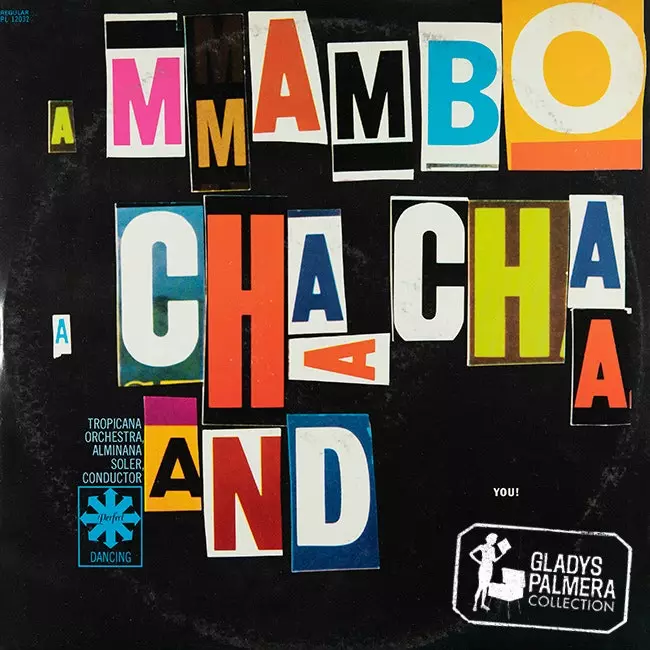
Tropicana Orchestra cover art
“Later, two types of bands were established to play it: the brass bands , which were groups of flutes and violins; and the great orchestras of trumpets, trombones and saxophones. And the fact of being played by these great bands defined its aesthetic, which is that of great ballroom, elegant and bohemian”, Alexandra continues.
Chachachá: a dance and an era It is a journey to the endless rumbas of the 50's in the Prado and Neptune room , on the second floor of Miami restaurant in Havana; an exaltation of the covers starring women who circumvented the censorship of the time; a standing ovation for the mythical orchestras that popularized the genre; a work to caress the music.
On the other hand, the wonderful piece also venerates the iconography created for the albums and posters by the artisans of classic Hollywood and iconic illustrators What Jack Davis -founder of the cult humorous magazine MAD-.
“Each cover is a world apart, and one of the most complex tasks was group them into chapters. For example: the drawing of a woman dancing and playing maracas could appear in the chapter on illustrations, in the women's chapter, in the dance chapter or in the maracas chapter. there were so many possibilities , but that made that process it was so much fun” , confesses the creator of Gladys Palmera.
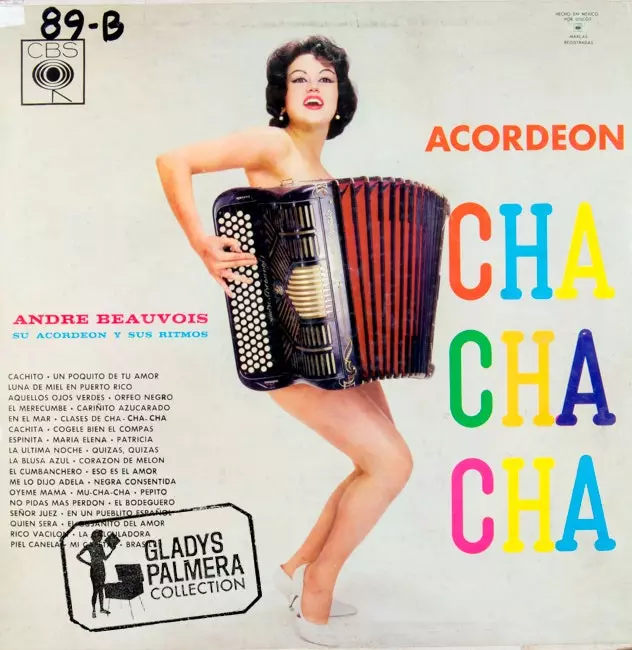
Female figures took over album covers
Regarding the narrative line, throughout the seventeen chapters of the book current issues are discussed such as to fight for equality or the global explosion of Latin sounds, as well as Curious facts revealed.
"Not to spoiler, I'll just say that there is references to topics such as martial arts and typography. Everything explained in detail, because it surprised us so much that it was worth telling about it carefully”, Alejandra Fierro tells us.
If when a chachachá sounds you feel an irrepressible impulse that invites you to move your hips, this book, available in spanish and english on Gladys Palmera's website, has been created for you.
In addition, the launch is accompanied by four QR codes with playlist that gather the chachacha soundtrack . Read? We Dance?
